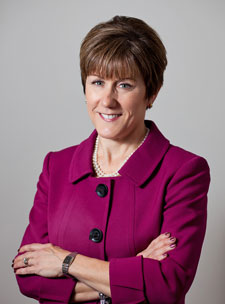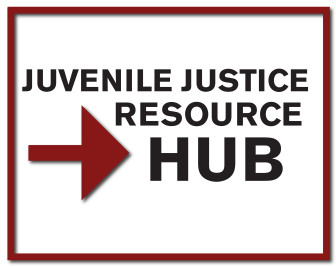 Citing research and data on the negative impacts of solitary confinement on the human mind and spirit, President Obama has banned the use of solitary confinement in federal prisons for juveniles. The hope is that for now, this policy will serve as a model for state correctional systems to adopt as well.
Citing research and data on the negative impacts of solitary confinement on the human mind and spirit, President Obama has banned the use of solitary confinement in federal prisons for juveniles. The hope is that for now, this policy will serve as a model for state correctional systems to adopt as well.
Sen. Cory Booker, D-New Jersey, is also working to prohibit widespread juvenile solitary confinement. Booker teamed with Sen. Rand Paul, R-Kentucky, to introduce the Record Expungement Designed to Enhance Employment Act of 2015 to the U.S. Senate. This legislation raises the age of criminal responsibility and restricts the use of juvenile solitary confinement.
Both of these examples and others across the country tell us that the compelling brain science is finally starting to make its way into the formation of policies — and we need to keep it going.
Studies have documented that the effects of solitary confinement on young people are damaging and lasting. Organizations such as the American Civil Liberties Union, United Nations and American Academy of Child and Adolescent Psychiatry have suggested or supported prohibition of the practice.
It’s very promising to see counties, states, the federal government and our president use science and data to begin to reform the criminal justice system in our country — one that impacts the lives of more than 2 million individuals and close to 1 million children each year.
Using science to support certain types of policy is a very welcome advance, and one that the Alliance for Strong Families and Communities proposes will move the needle on a wide range of challenges we face. Indeed, there is more brain science available that has broad applicability beyond criminal justice that we believe can be successfully aligned to create better policies that ensure a safer and more positive future for our children, families and adults.
Today we know how both positive and negative experiences can alter brain architecture and change the way we interact and respond to our environments, including how we relate to each other. We also know how chronic, negative experiences at home and in the community in childhood can alter the brain, affecting everything from health and education to employability. There is great possibility for success in aligning our policies with how the brain is shaped and formed to build stronger people, and in turn more sustainable communities.
The Alliance’s Change in Mind Initiative is advancing the science. Funded by the Robert Wood Johnson Foundation and the Palix Foundation, 15 community-based organizations in the U.S. and Alberta, Canada, the initiative is now studying the integration of brain science research into the nonprofit sector. Each will demonstrate, through their leadership and advocacy power, the role of our sector as influen cer to alter systems and change policies.
cer to alter systems and change policies.
We believe, if done correctly, science-informed policy will not just help solve some of society’s most vexing challenges, but will over time lower the cost curves in areas such as health to allow us to make deeper investments in prevention, stronger families and better communities that are key to accelerating the economic health of our nation.
Susan Dreyfus is the president and CEO of the Alliance for Strong Families and Communities, the nation’s largest network of human-serving organizations. She is the former secretary for the Washington State Department of Social and Health Services and Wisconsin’s first administrator of the Division of Children and Family Services. She is a member of Leadership 18, a coalition of CEOs from the largest and most respected nonprofit organizations in America, and was appointed to the 12-member National Commission to Eliminate Child Abuse and Neglect Fatalities in 2013.
I’m on board with trauma informed policy, prevention, and correction. I think what is equally important is being more open towards solutions that are still gathering data on their effectiveness. Somatic solutions have copious amounts of anecdotal evidence, and some include individual empowerment leading to more self-regulating of emotion and choices, ultimately a desired outcome for an offender. We have essentially used the same tools for many decades, and still we find ourselves in an unenviable position. Aside from being informed, we need more inclusive forms of treatment, more so if they don’t require any devices, medications, or re-experiencing of past events.